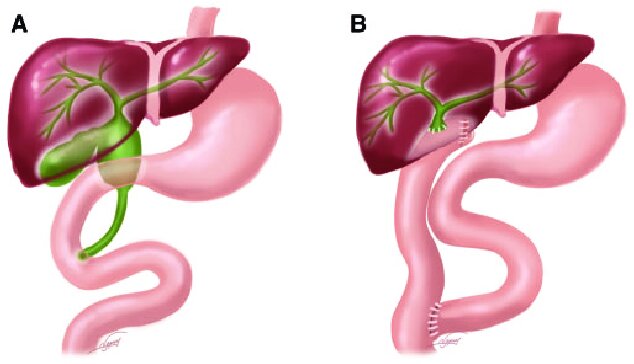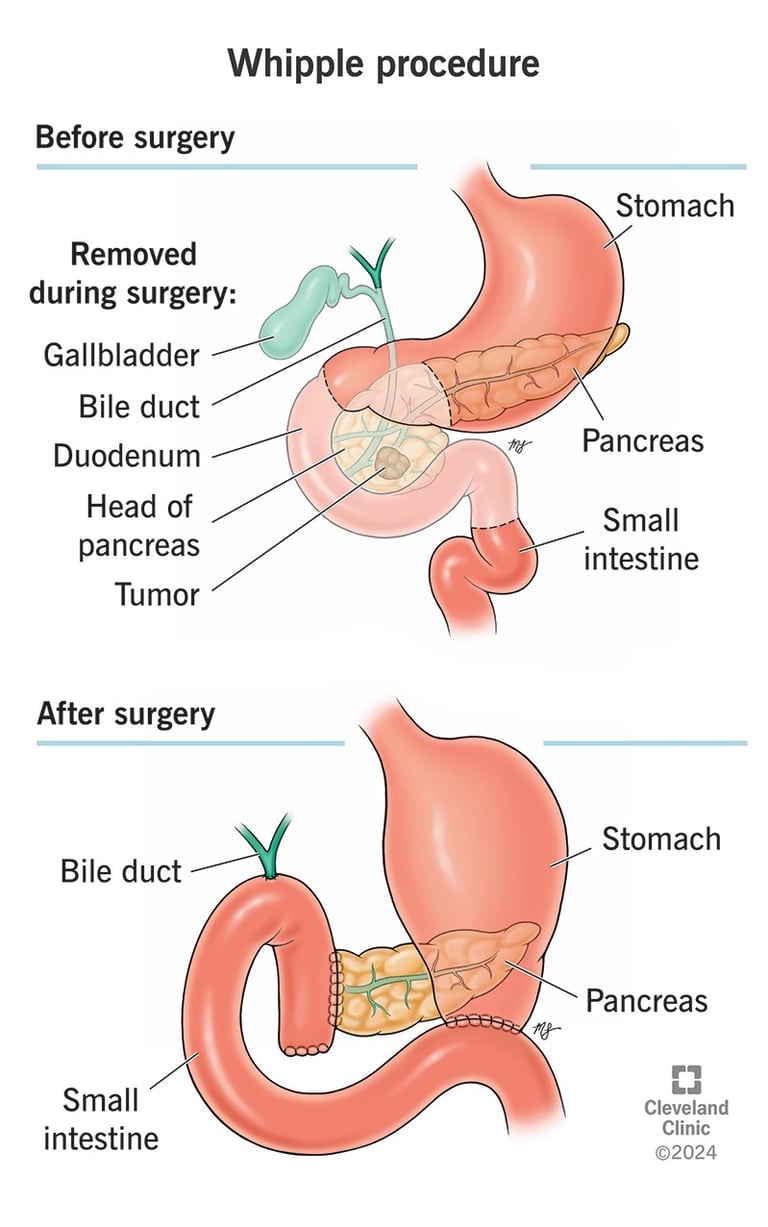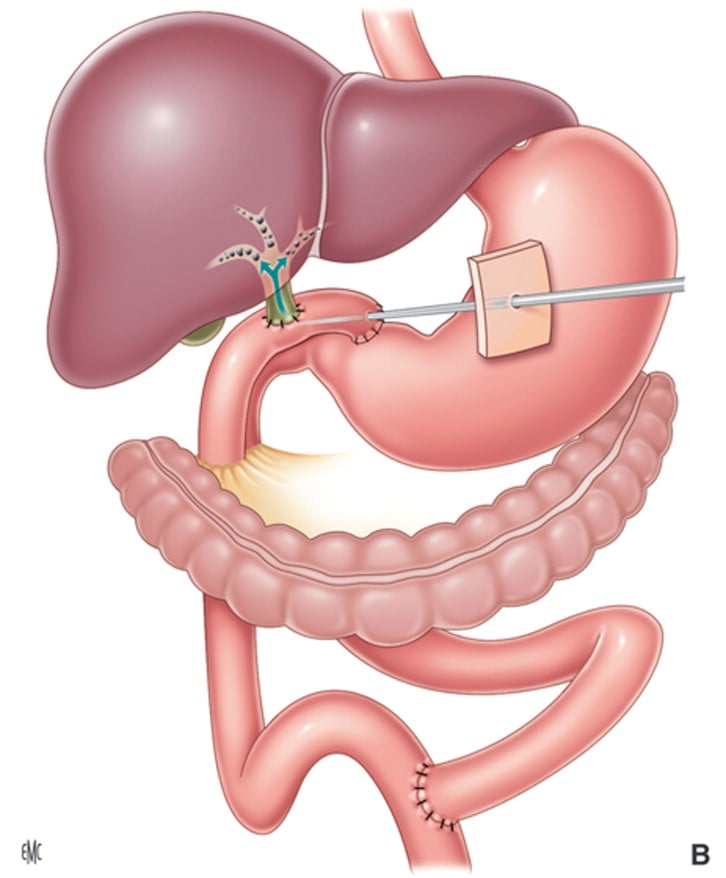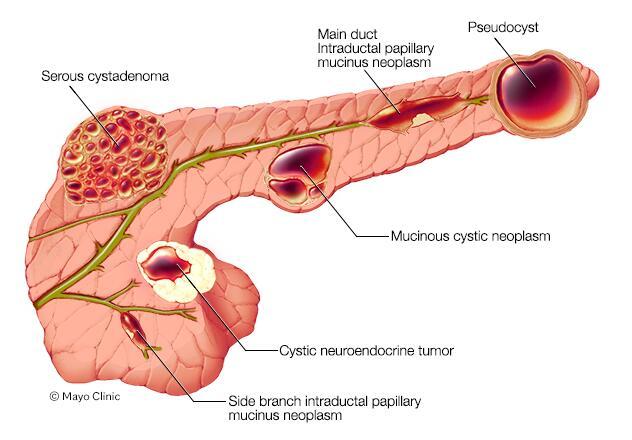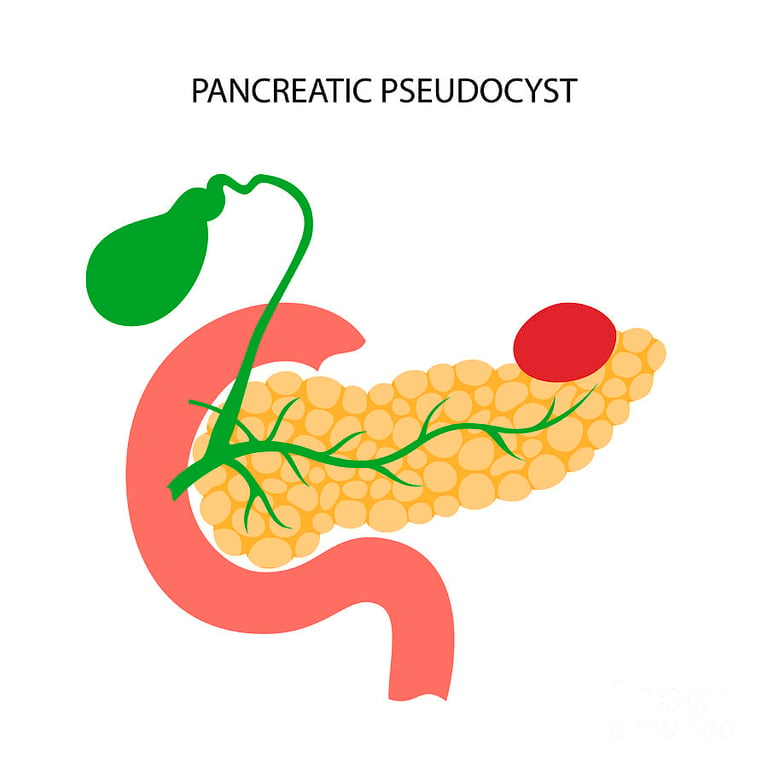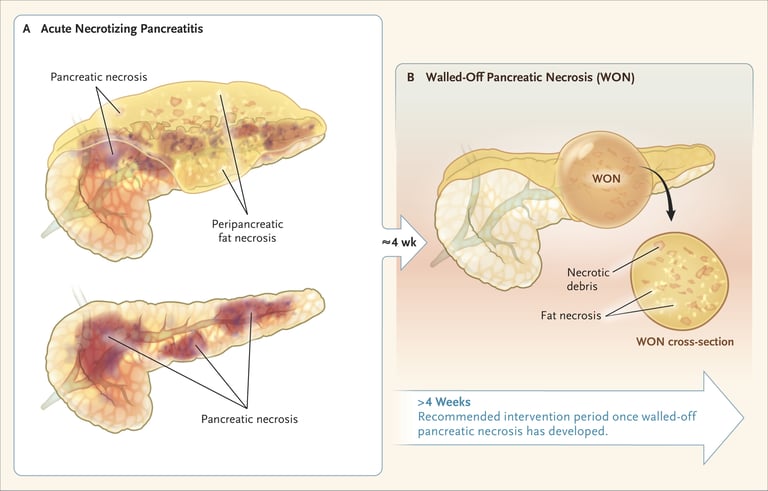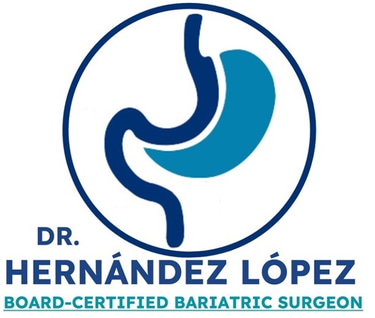Pancreas, Gallbladder, Liver & Biliary Tract.
Laparoscopic Cholecystectomy: The most common procedure. Small incisions are made, and a camera and instruments are used to remove the gallbladder. It is minimally invasive with a faster recovery.
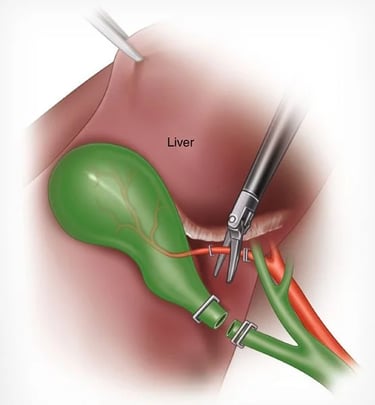

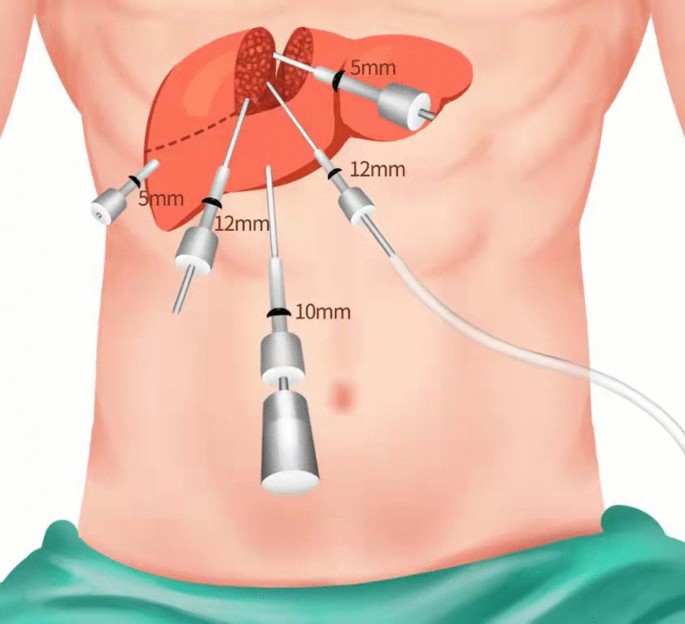

The pancreas, gallbladder, liver, and biliary tract are often treated surgically for conditions such as pancreatitis (pancreatic pseudocyst, pancreatic necrosis), gallstones, infections, or obstructions. Many of these procedures can now be performed using minimally invasive techniques (laparoscopic or robotic surgery), which reduce recovery time and complications. Here are the principal surgeries for each:
Liver Surgeries.
Liver surgeries are performed for conditions like cysts, abscesses, or trauma.
Hepatectomy: Removal of a portion of the liver, often for tumors (benign or malignant) or trauma.
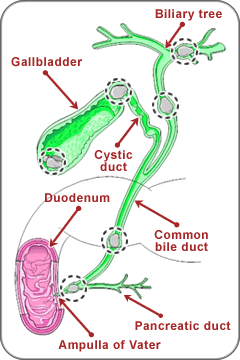

Biliary Tract Surgeries
The biliary tract includes the bile ducts, which can be affected by stones, strictures, tumors, or infections.
Choledocholithotomy:
Removal of gallstones from the common bile duct (CBD). Can be done during open surgery or laparoscopically.
Biliary Bypass Surgery:
Creates a new pathway for bile flow when the bile duct is blocked (e.g., by tumors or strictures). Common procedures include:
Choledochojejunostomy: Connecting the bile duct to the jejunum (part of the small intestine).
Hepaticojejunostomy: Connecting the liver bile ducts to the jejunum.
Whipple Procedure (Pancreaticoduodenectomy):
A complex surgery to remove tumors in the head of the pancreas, bile duct, or duodenum. It involves removing part of the pancreas, bile duct, gallbladder, and duodenum, followed by reconstruction.
Surgical Repair of Bile Duct Injuries:
Repairing bile duct injuries caused by trauma or complications from gallbladder surgery.
